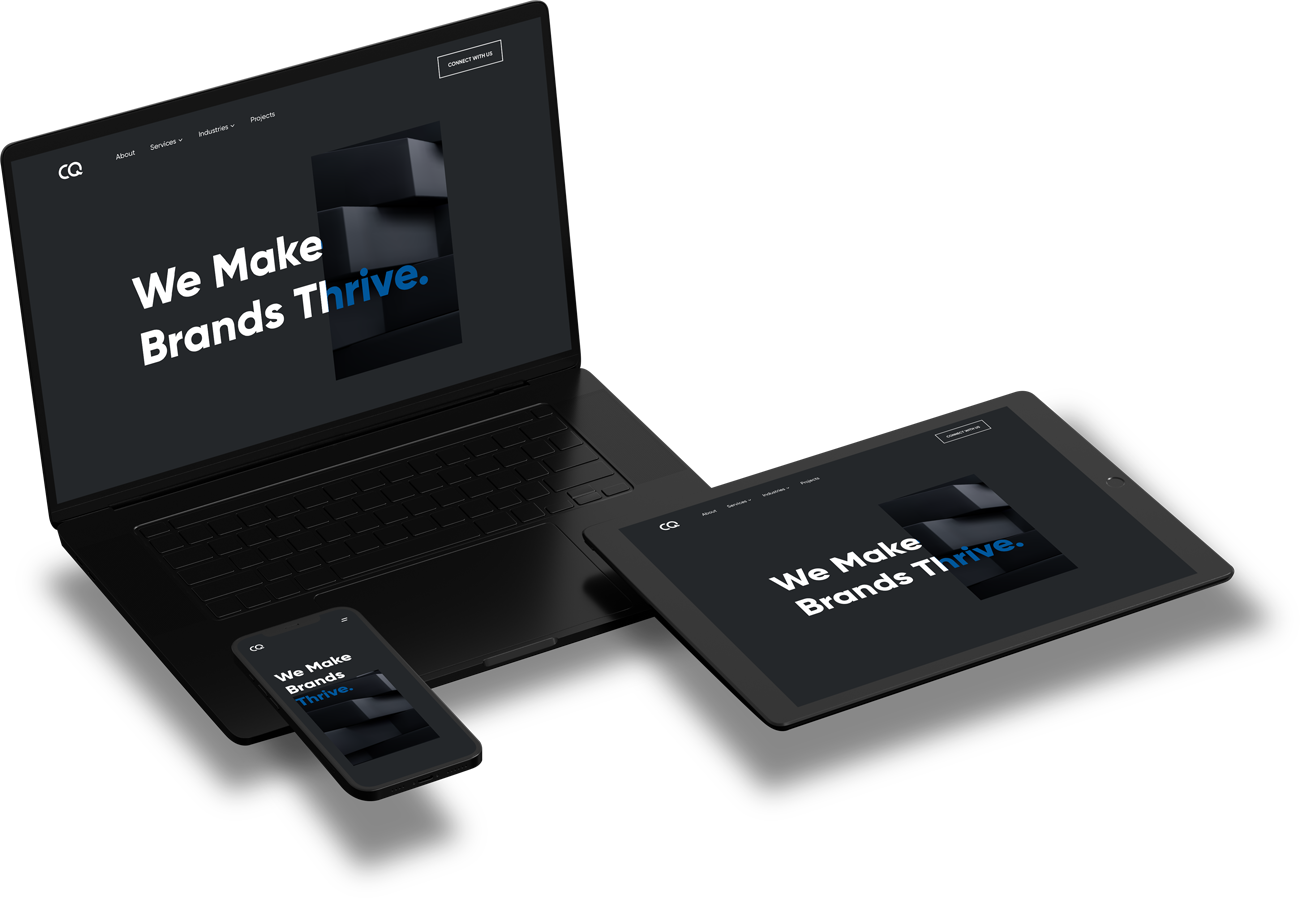 April 10, 2023
April 10, 2023

The term agile workflow refers to a project management methodology that emphasizes flexibility, collaboration, and continuous improvement. They are designed to help teams quickly adapt to changing requirements and deliver high-quality results in an efficient and iterative manner.
At its core, agile workflow relies on a set of principles and practices that prioritize customer satisfaction, frequent delivery of working software, and open communication between team members. The agile methodology is often used in software development projects, but it can be applied to any type of project where the requirements are uncertain or subject to change.
There are several different types of agile methodologies, each with its own specific approach and set of practices. Here are some of the most common types of agile workflows:
This is one of the most popular agile methodologies and is commonly used in software development projects. It involves organizing work into sprints, or short cycles of work, with regular check-ins and progress reviews. The scrum framework includes a set of roles, including the Scrum Master, Product Owner, and Development Team, as well as specific ceremonies, such as the Daily Scrum, Sprint Review, and Sprint Retrospective.
CraftedQ uses Kanban as a lean methodology that focuses on visualizing work and limiting work in progress to improve efficiency and reduce waste. The Kanban board is a common tool used in Kanban agile workflow in 2023, which allows teams to visualize the flow of work and identify bottlenecks and areas for improvement.
In the scaled agile framework lean is a methodology that emphasizes continuous improvement and the elimination of waste. It is often used in manufacturing settings, but can also be applied to other industries. Lean workflows typically involve identifying and eliminating sources of waste, such as unnecessary processes, overproduction, and defects.
XP is an agile methodology that focuses on software development and emphasizes practices such as pair programming, test-driven development, and continuous integration. It is intended to assist teams in producing high-quality software in a timely and effective manner.
Crystal is a family of agile methodologies that are designed to be flexible and adaptable to different project environments. This methodologies typically emphasize communication, collaboration, and teamwork, and are designed to scale to large projects and teams.
The agile workflow lifecycle is an iterative and incremental approach to agile software development that emphasizes collaboration, flexibility, and rapid feedback. The agile approach is based on the agile manifesto, which emphasizes individuals and interactions, working software, customer collaboration, and responding to change. Here are the steps involved in an agile workflow lifecycle.
This is the initial stage of agile workflow where the team identifies the problem or opportunity that the software project aims to address. The team generates ideas for potential solutions and determines the feasibility and viability of each idea.
This stage involves defining the project scope, creating a roadmap, and developing a high-level plan for the project. The team also identifies the key stakeholders and sets expectations for the project.
In this stage, the team works on developing and testing individual features or components of the software. Each iteration typically lasts between one to four weeks and includes planning, development, testing, and review.
This stage involves releasing the software to the end-users or customers. The team may release the software in small increments or as a complete product. The team also collects feedback from users and incorporates it into future iterations.
Once the software is released, it enters the production stage where it is used by customers or end-users. The team continues to monitor the software and makes necessary updates and fixes to ensure its continued functionality.
At some point, the software may become outdated or no longer needed. The retirement stage involves decommissioning the software and removing it from production environments.
Overall, the agile workflow lifecycle emphasizes continuous improvement and collaboration between team members and stakeholders throughout each stage of the software development process.
Here’s a table that outlines some of the key differences between agile workflow and traditional workflow:
| Criteria | Agile Workflow | Traditional Workflow |
|---|---|---|
| Approach | Iterative and flexible | Sequential and rigid |
| Planning | Adaptive and ongoing | Up-front and detailed |
| Communication | Collaborative and frequent | Hierarchical and periodic |
| Scope | Flexible and adaptable | Fixed and predetermined |
| Development | Continuous integration | Phase-wise development |
| Feedback | Frequent and immediate | Delayed and periodic |
| Delivery | Incremental and iterative | One-time, end-to-end delivery |
| Risk management | Ongoing risk identification | Risk management in the planning stage |
Overall, agile workflow is designed to be more flexible and adaptable than traditional workflow. An agile software development company emphasizes collaboration and communication between team members and stakeholders, and it allows for continuous improvement and feedback throughout the development process. In contrast, traditional workflow is more rigid and sequential, with a focus on detailed planning and delivery of a complete product at the end of the development process.
This involves several steps. Here’s an outline of the key steps you can follow:
The first step is to define the scope of the project and the goals you want to achieve. You should define what success looks like and how you will measure it.
Select the people who will work on the project. You should choose people who have the necessary skills and experience to complete the tasks required. Ensure roles and responsibilities are distributed in an even manner.
Create a list of all the tasks required to complete the project. Sort the duties by priority.
In agile workflow plan your sprints by selecting a subset of tasks from your backlog. Determine the duration of the sprint and what you hope to accomplish.
Execute the tasks assigned in the sprint plan. Observe development and make necessary plan modifications.
Conduct daily stand-up meetings to discuss progress, issues, and any roadblocks. Ensure everyone is on the same page and provide feedback.
Hold sprint reviews at the end of each sprint. Review what was accomplished and what could have been done better. Use this feedback to improve your processes and practices.
Continuously improve your agile workflow by incorporating feedback, implementing best practices, and adapting to changing circumstances.
Remember, creating an agile workflow takes time and effort. It requires commitment from everyone involved in the project. There you have it, then! CraftedQ offers a comprehensive guide to agile product management! agile workflow is an iterative method of product development that uses brief, time-boxed spurts of work known as sprints, as we’ve learned in this article. It places a strong emphasis on teamwork, dialogue, and ongoing development.
